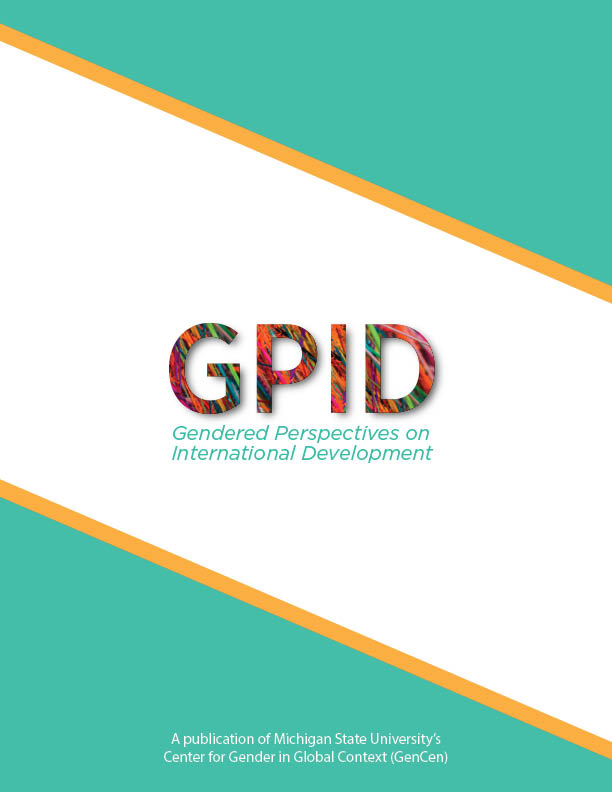COVID‐19 and MENA: Governance, Geopolitics, and Gender
Abstract
The MENA region has features that make it an instructive site to study the gendered impacts of COVID-19. Healthcare systems are functional and some of excellent quality, but challenges remain in many countries, such as: extremely high out-of-pocket expenditures; gaps in quality between the private and public health systems; ill-served rural populations; and budgets that provide more funding to the military than healthcare. Some countries also have large populations of refugees or migrant workers, experienced conflict, harsh sanctions, or suffered economic difficulties even before the pandemic hit. Due to its relatively late demographic transition, most MENA countries still have large populations of young people and smaller populations of the elderly (unlike most Western countries). Finally, MENA countries have very high rates of youth unemployment, especially female unemployment, along with low levels of female labor-force participation. As in other countries, the healthcare sector employs many women at different levels; and women also care for children and the elderly in their own families. But the region is known for the multiplicity of gender-discriminatory laws, policies, and norms. This paper examines the various institutional, governance, and socio-demographic issues from a gender perspective, to show how different categories of women across countries are being affected by COVID-19, with some suggestions for social investments and a new gender contract.
Published
Issue
Section
License
Copyright (c) 2024 Val Moghadam

This work is licensed under a Creative Commons Attribution-NonCommercial-NoDerivatives 4.0 International License.
Gendered Perspectives on International Developement is published under a Creative Commons Attribution-NonCommercial-NoDerivatives 4.0 International License. Authors of accepted papers will be required to sign an author publishing agreement.

